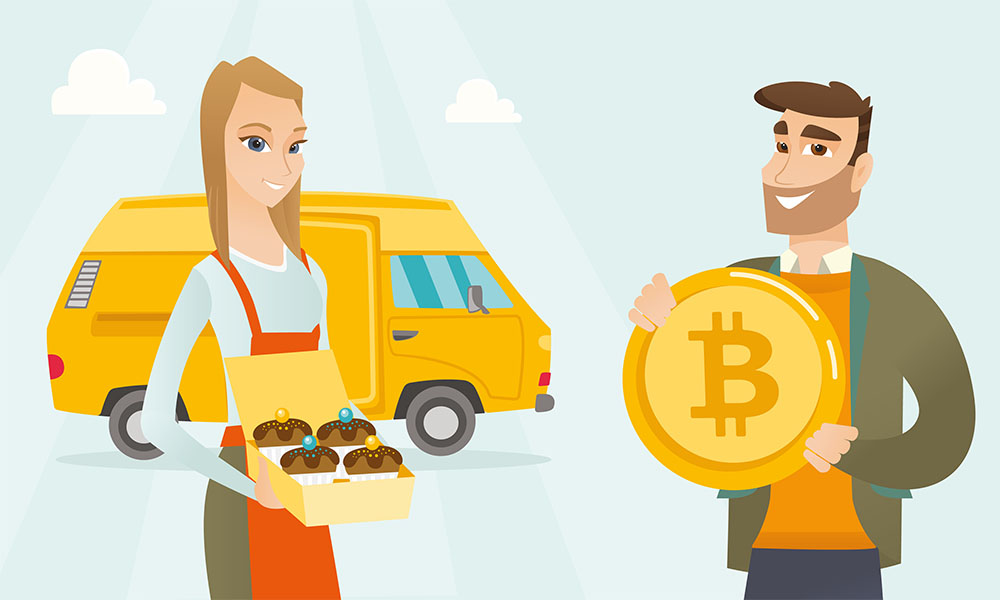Back in 2013, the UK public discovered that some of the ‘beef’ they had been eating was, in fact, horse meat. The resulting scandal highlighted just how hard it was to keep track of meat, or any other type of food, as it moved from farm to fork across multiple countries.
What a difference five years makes, as the Food Standards Agency becomes the latest in a list of organisations to try using blockchain to keep track of meat production.
Understanding the global supply chain
Using the expression “the global supply chain” might give the impression that there is one, single, global system followed by everyone involved in food production or, at least, anyone who sells food to third parties for resale.
In reality, this is very far from the truth. In fact, the supply chain is a tangled mess of rope, with few obvious core routes. This system typically work perfectly well for the individual companies involved, but they don’t necessarily interface with other parties’ systems in any meaningful sense. The place where the ropes join together are typically the places where breaches (deliberate or otherwise) are most likely.
Blockchain to the rescue
Blockchain was designed to facilitate transactions between people who didn’t necessarily trust each other. While it is, understandably, associated with cryptocurrency payment systems, in particular, Bitcoin, it’s highly questionable as to whether blockchain will ever become a mainstream force in this area since its security reduces its speed, which may be a major stumbling block with high-volume, real-world merchants such as fast-food shops and supermarkets.
This is, however, not an issue when it comes to supply-chain management, which is why blockchain is causing such excitement in this area. It’s not just the food industry that is optimistic about the possibility of using blockchain to reassure consumers that their purchases are what they believe them to be. The luxury goods industry is also taking note of blockchain’s potential as are agencies tasked with protecting environmentally-sensitive resources, such as wood.
Speed is relative
While blockchain is arguably in the slow lane when it comes to processing financial transactions, it’s like greased lightning when compared to the traditional methods of keeping track of an item’s progress through the supply chain.
In a test run by Walmart, the time taken to trace a packet of mangos back to the source farm by traditional methods was 6 days, 18 hours and 26 minutes. Using blockchain it was 2.2 seconds. This is obviously a benefit to suppliers, but it could also be a major benefit to public health authorities too since it means that it should be realistically possible to identify the source of any food contamination or other health risks in a time which would be impossible using traditional methods.
A great example of this is happening at the moment: the news is currently full of stories about contaminated frozen vegetables, a blockchain-based system for tracking where the vegetables came from, where they were picked, frozen and packaged, and which distribution systems delivered them to stores across the country could save weeks of time and bad publicity by pinpointing the precise problem and reassuring consumers about the remaining products.

